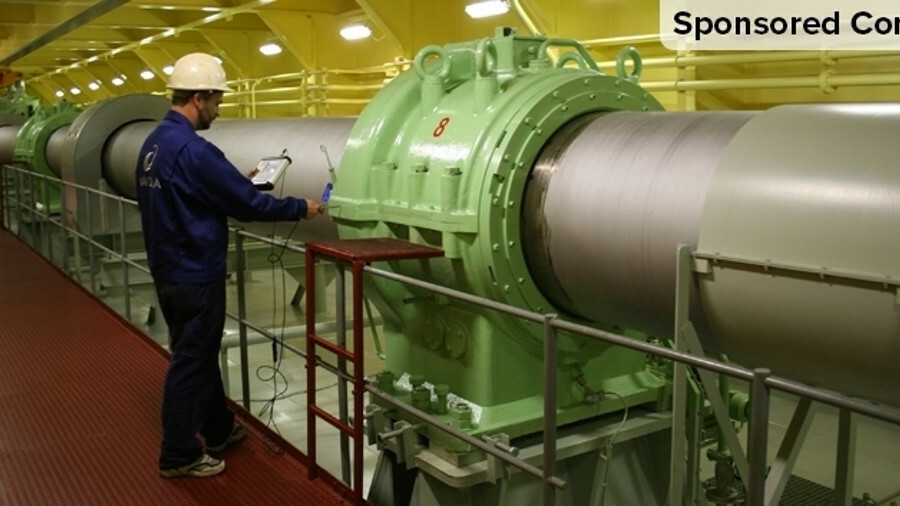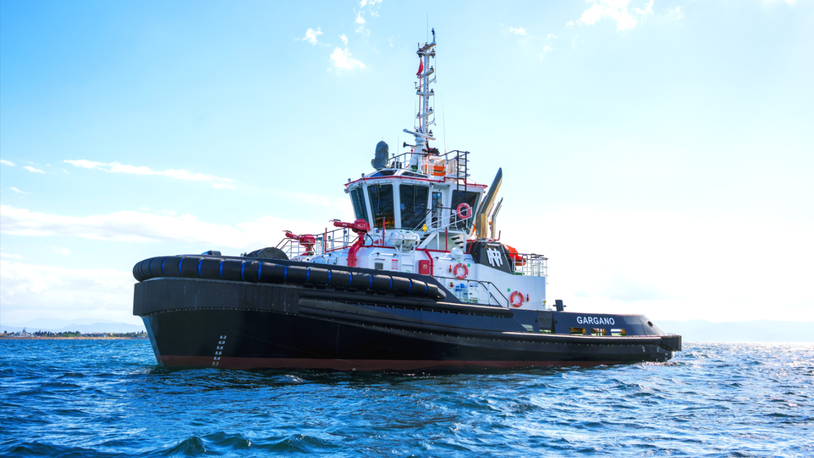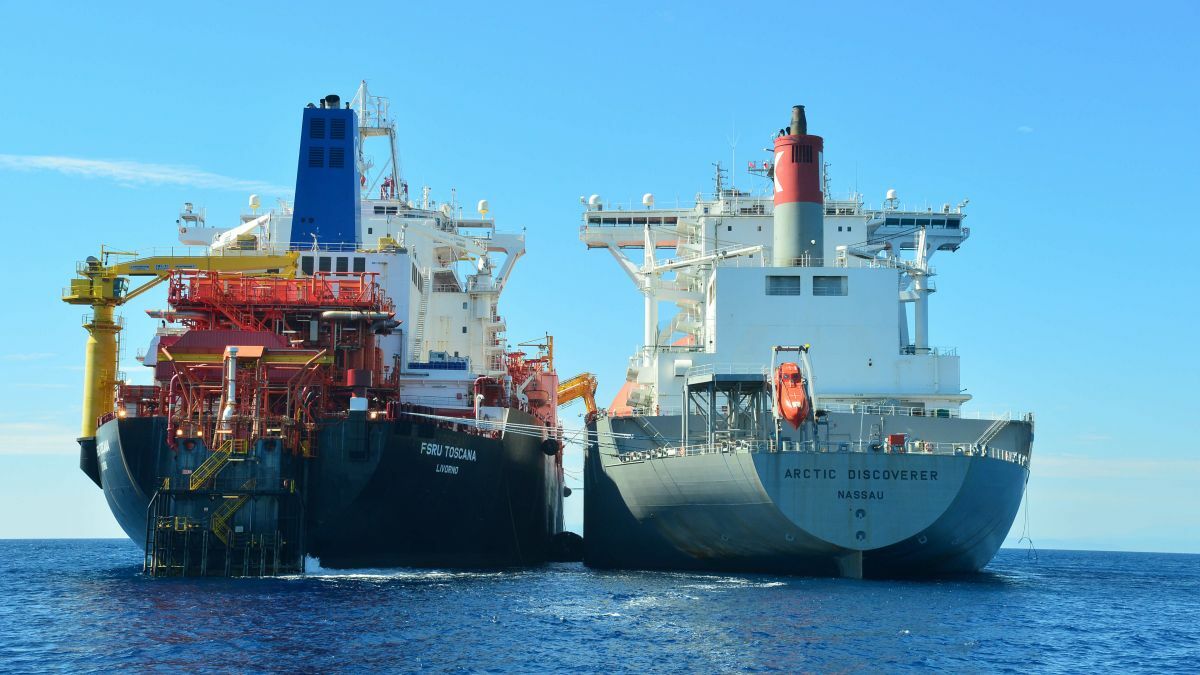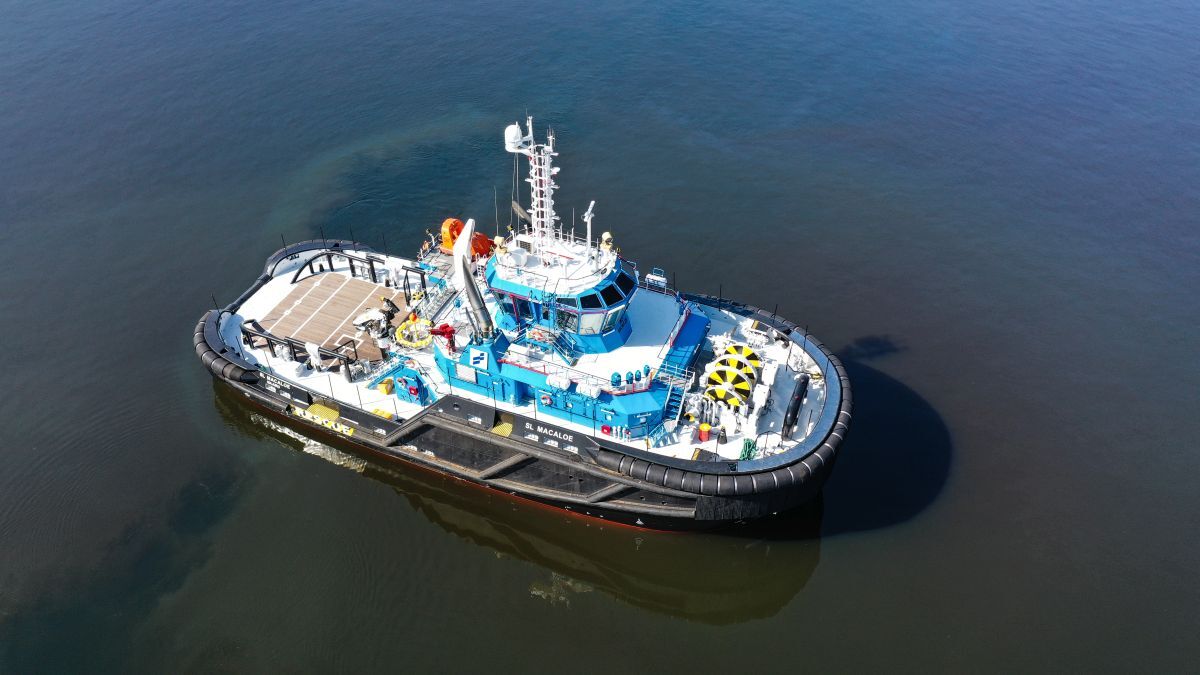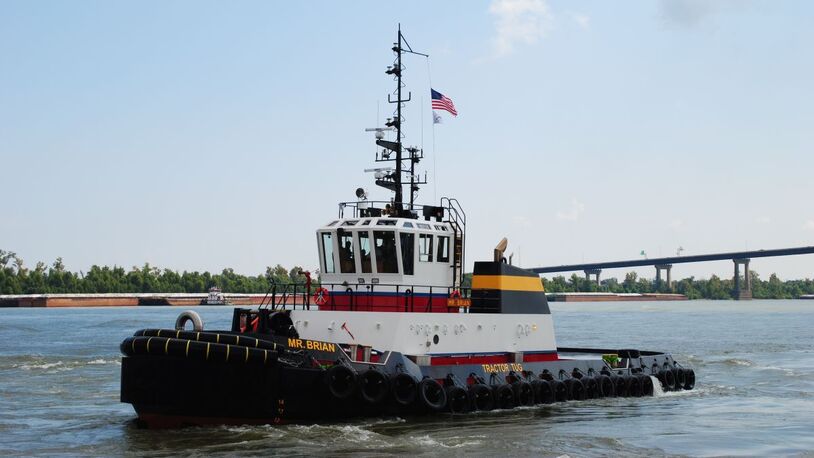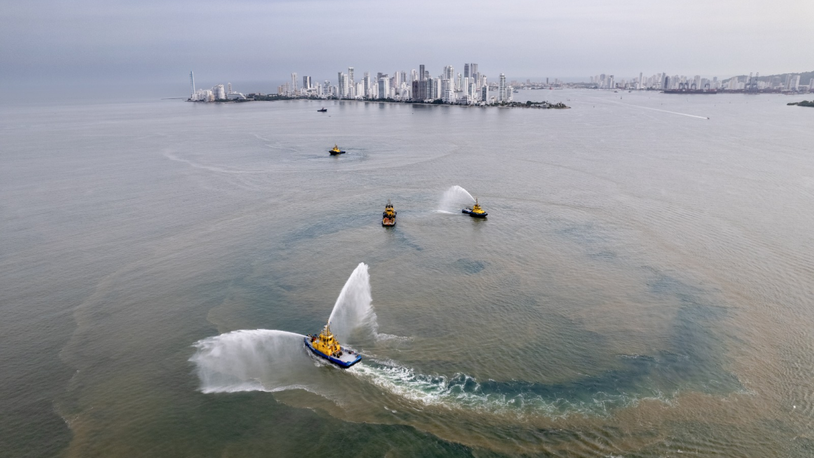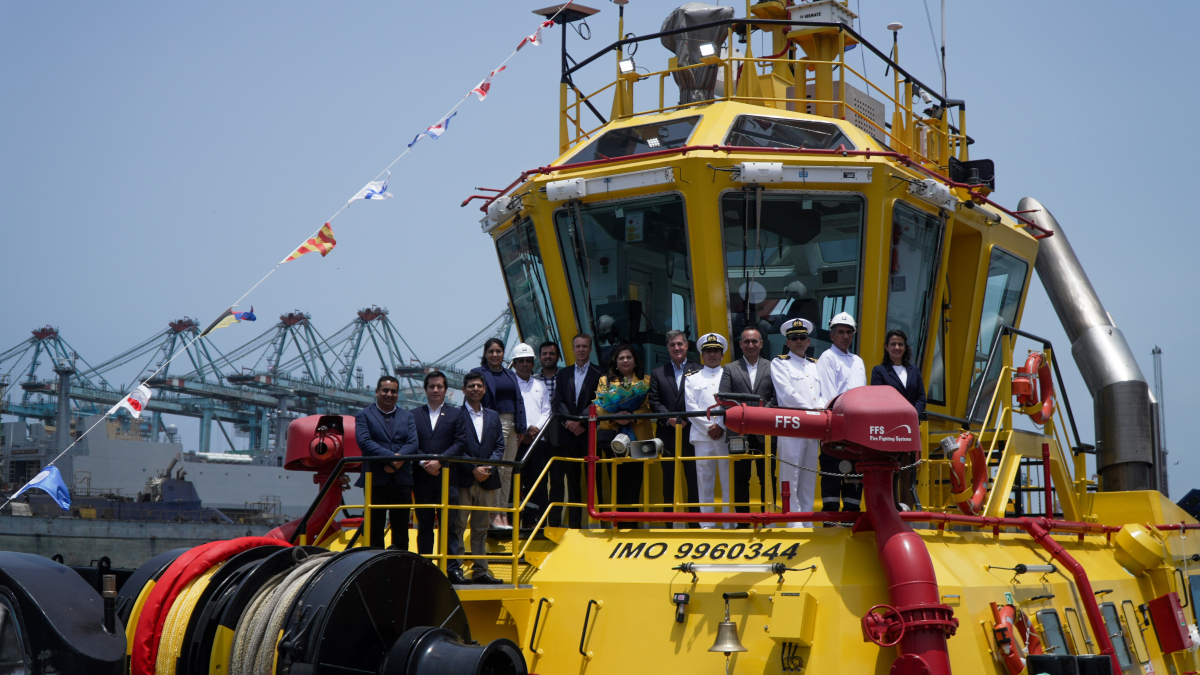Business Sectors
Contents
Portable condition-based monitoring can detect faulty alignment
Tail shaft alignment is essential for the propulsion of a ship. However, the actual alignment is affected by stress placed on the hull structure of the vessel itself, which in turn affects the bearings supporting the propulsion shafting. One major cause of this stress is the way in which the vessel’s cargo is loaded. Hull structure deflection is the effect resulting from different loading conditions and ballasting arrangements, and accounting for these hull deflections in the alignment design is necessary to accurately achieve an alignment procedure. So, what exactly is hull deflection? And why is it not better understood?
Hull deflection is the bending and distortion of the vessel’s hull under different strains, such as the loading and then unloading of cargo. It can also be caused by the dynamic loads in heavy weather conditions. It has become increasingly relevant with the longer ship designs that have emerged in recent years, since longer hulls are inevitably more flexible than shorter ones. This flexibility means that the cargo loading and unloading operations have an impact on the hull structure, thereby creating possible misalignment of the ship’s tail shaft equipment.

Why is it a problem for alignment?
Hull deflections are one of the primary reasons for the troubles often experienced with shafting alignment, and for the lost confidence in the reliability of the shafting alignment design. Many vessels have their alignment set during drydocking. However, once the vessel is waterborne and back in normal operation, the stresses and strains on the hull are completely different causing the shape of the hull to change. Consequently, the shaft’s support positions and alignment is also changed creating possible misalignment. To rectify this situation, the alignment is often finalised during pilots. However, this doesn’t accurately represent the vessel’s day-to-day operations, which is why so many vessels struggle with alignment issues.
How can we fix this?
The goal of shaft alignment optimisation is to find drydock bearing positions able to compensate for hull deflection, and deliver an acceptable alignment plan for a whole range of vessel loading conditions, from ballast to fully laden. Essentially, we are looking for a single best solution for the drydock offset that will satisfy the alignment criteria for all conditions, including ballast, laden, and everything in-between. Since drydock does not represent operational conditions, the ship’s alignment criteria when in the drydock doesn’t need to be correct. There are multiple different bearing offsets that may satisfy the alignment criteria, but to find the fittest and most robust of these, we need software that can provide multiple solutions. However, the final decision in selecting the ‘optimum’ offset-vector has to be made by the engineer, with the decision being based on the production procedures in the shipyard and the specific characteristics of the vessel. In some cases a second slope can also be added to the stern tube bearings to increase the fluid film area and optimise running.
The Wärtsilä solution
Since accurate and reliable alignment can only be achieved when the various influencing factors are known and documented, it is essential that measurement of the tail shaft is carried out under actual operational conditions. Wärtsilä has, therefore, developed its portable condition-based monitoring (PCBM) service to provide an accurate insight into the state of the tail shaft.
In contrast to static alignment checks, PCBM can dynamically detect faulty alignment and determine precisely how the equipment is performing when in use. This is done while the vessel is in operation, thus providing detailed root cause information on vibration levels, temperature, runout, whirling, movement, torque, stress, and on the position of the equipment.
By having this information obtained under actual operational situations, the hull deflection impact can be reliably measured in direct correlation to the vessel’s actual operations. Any alignment issues that arise from these operational conditions can, therefore, be predicted allowing appropriate remedial measures to be taken.
Related to this Story
Events
LNG Shipping & Terminals Conference 2025
Vessel Optimisation Webinar Week
Marine Coatings Webinar Week
© 2024 Riviera Maritime Media Ltd.


